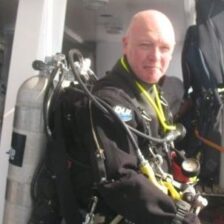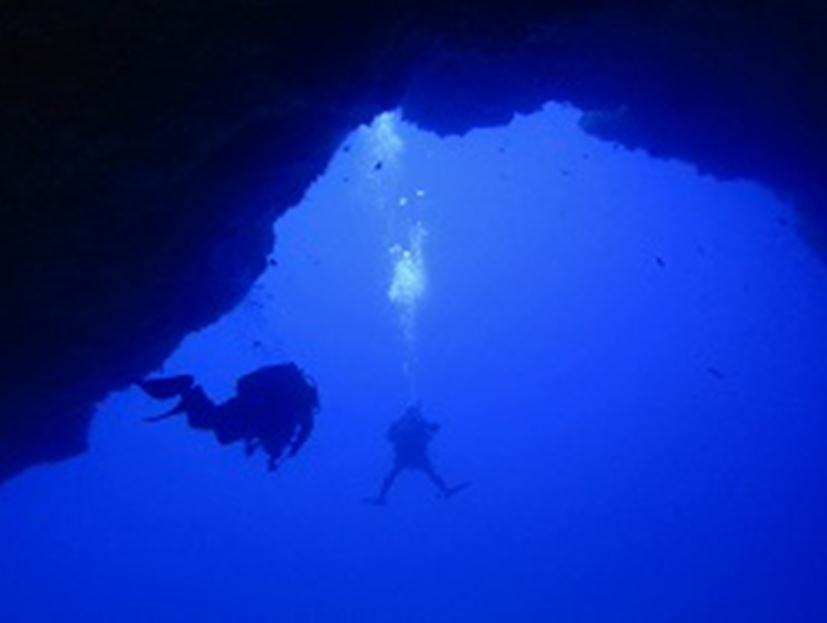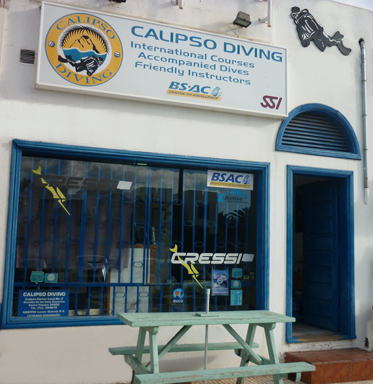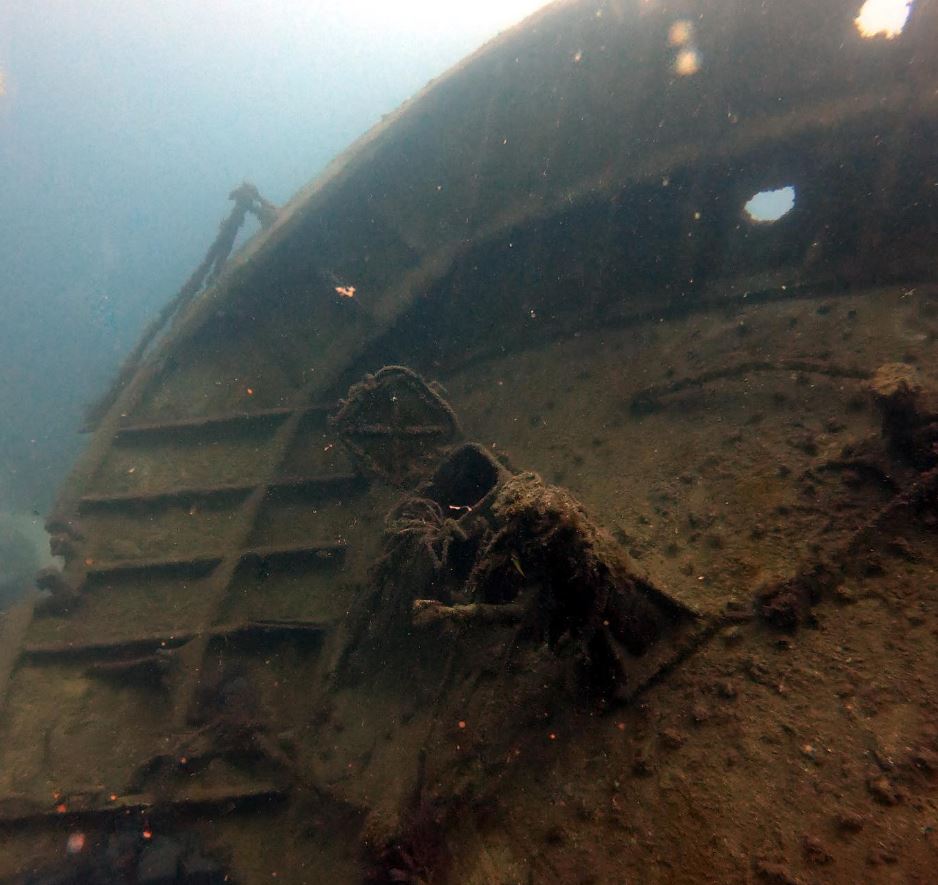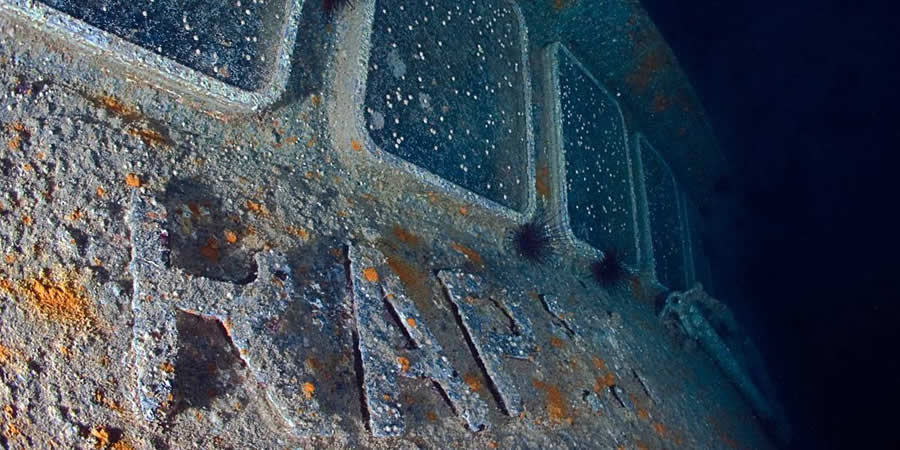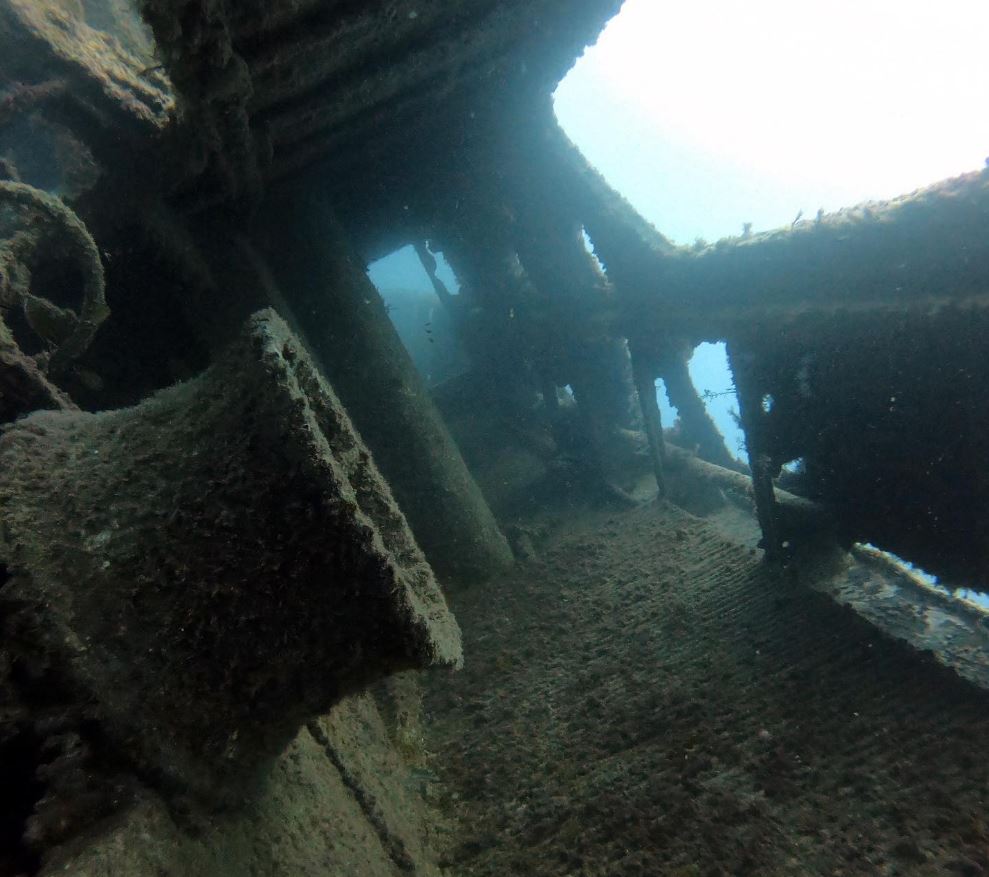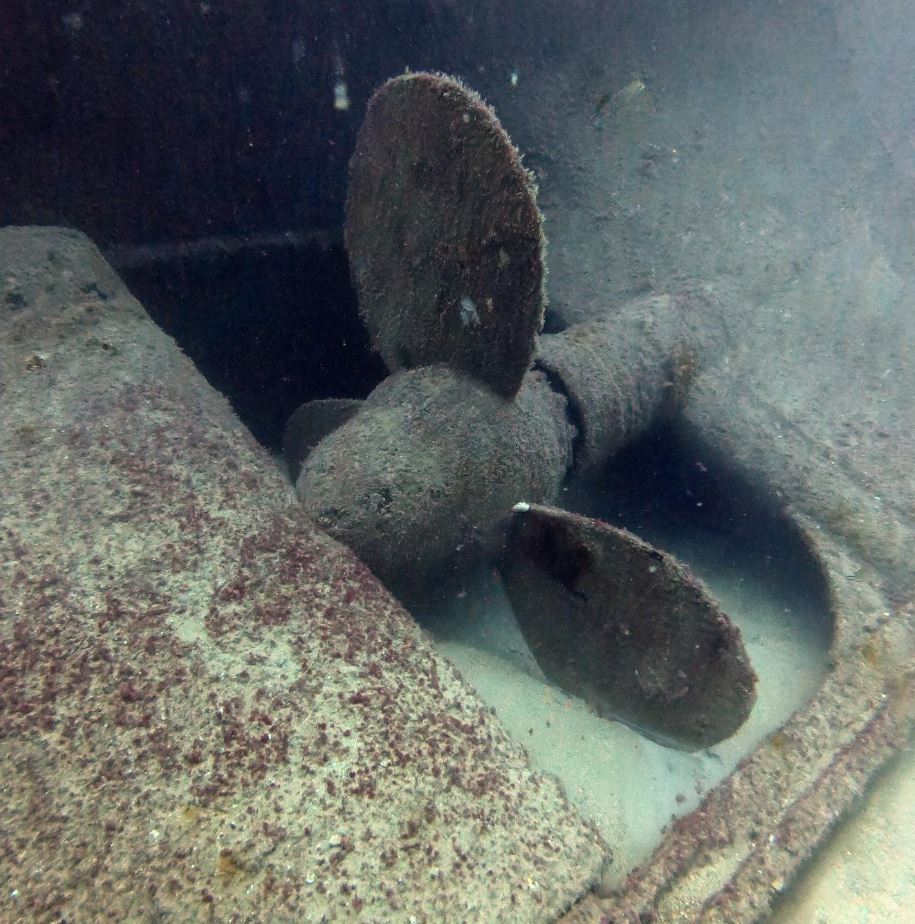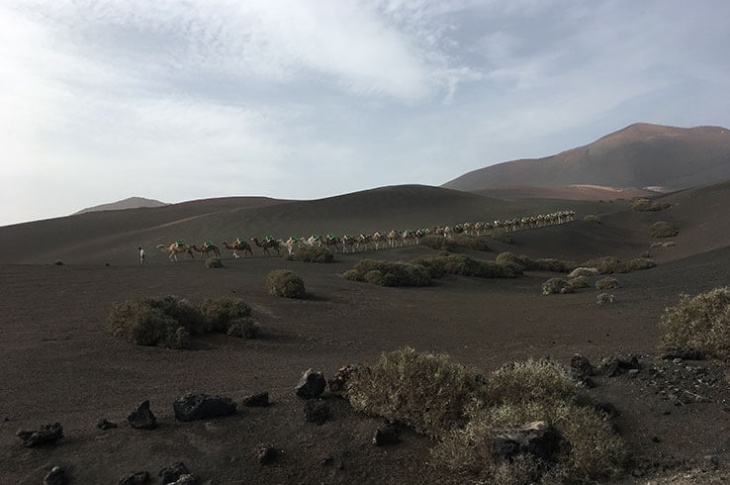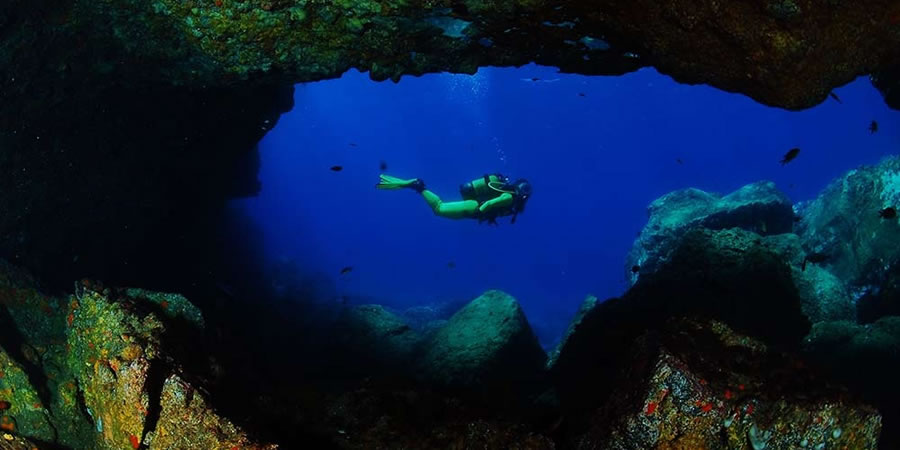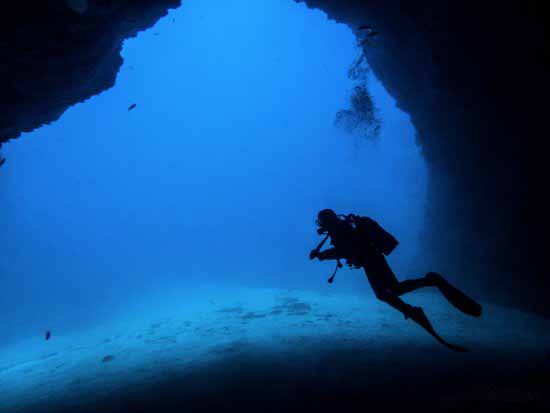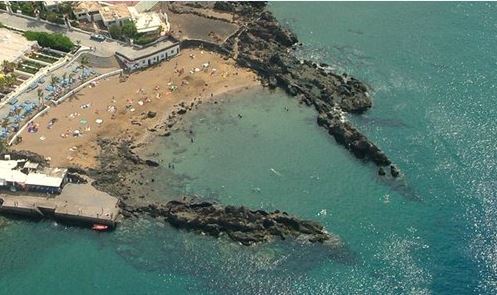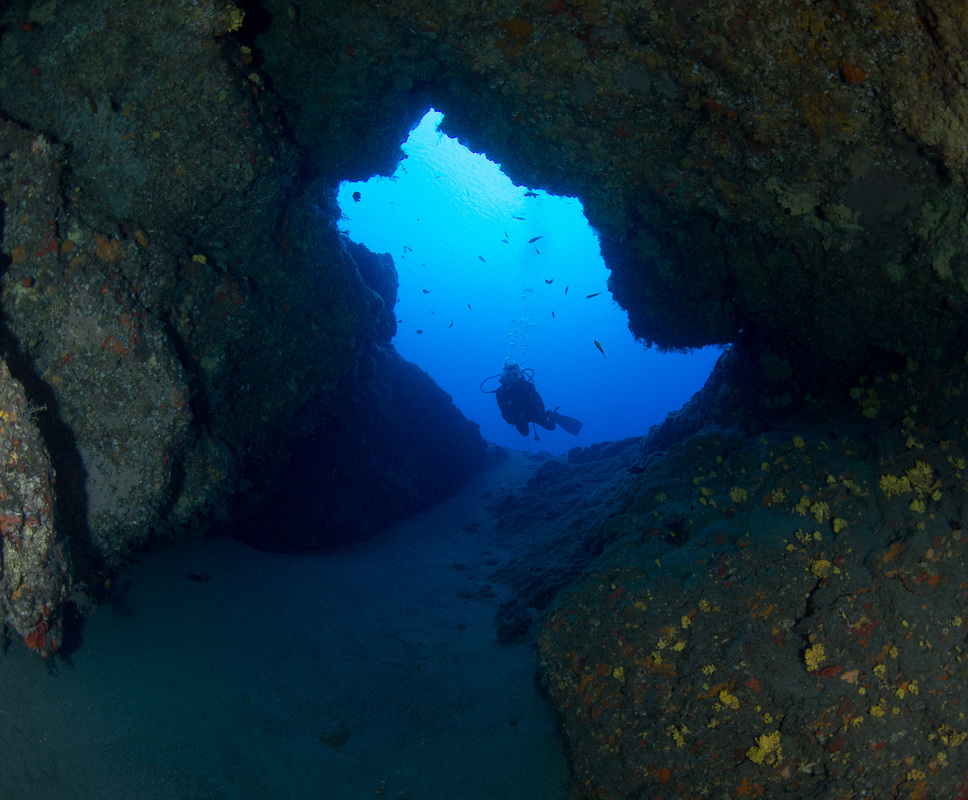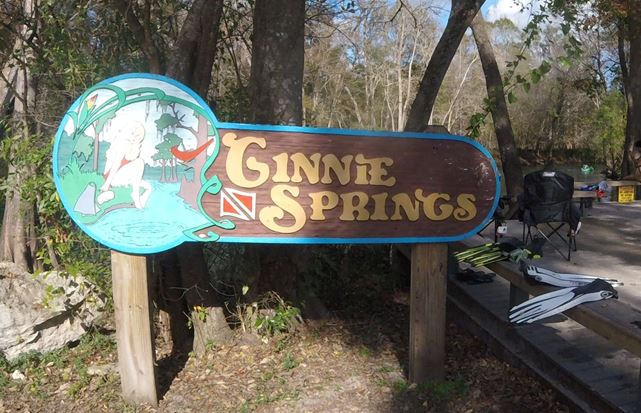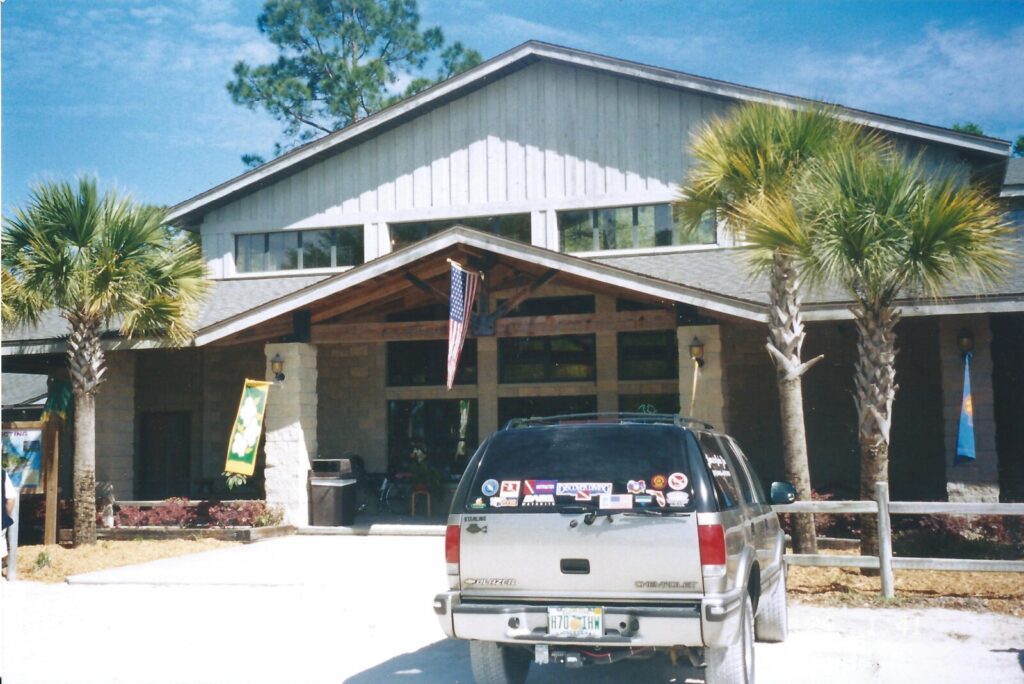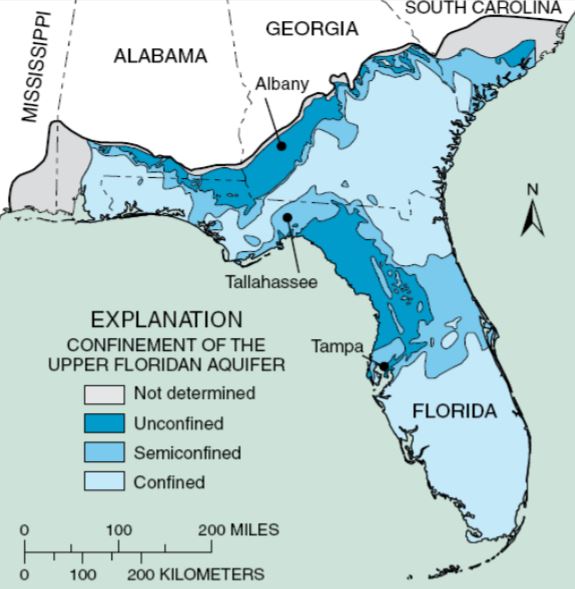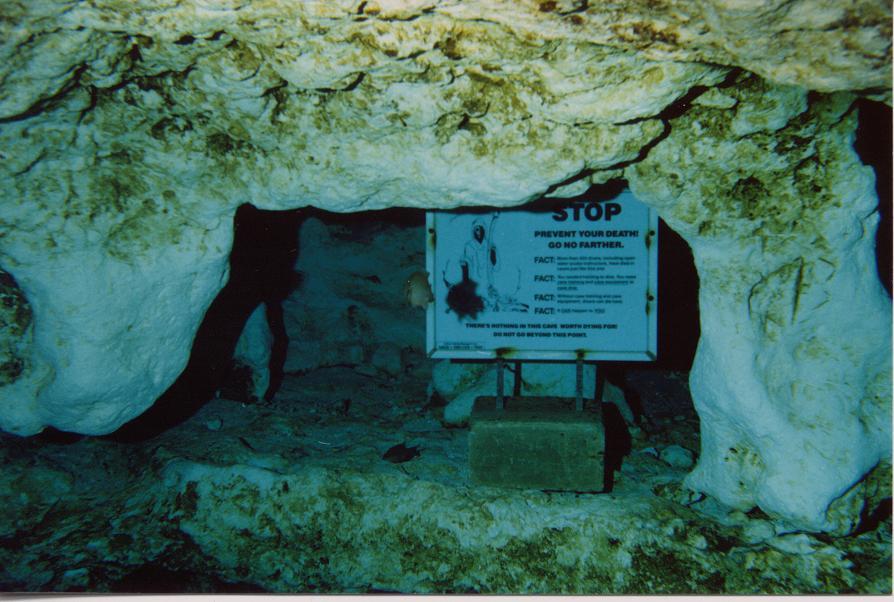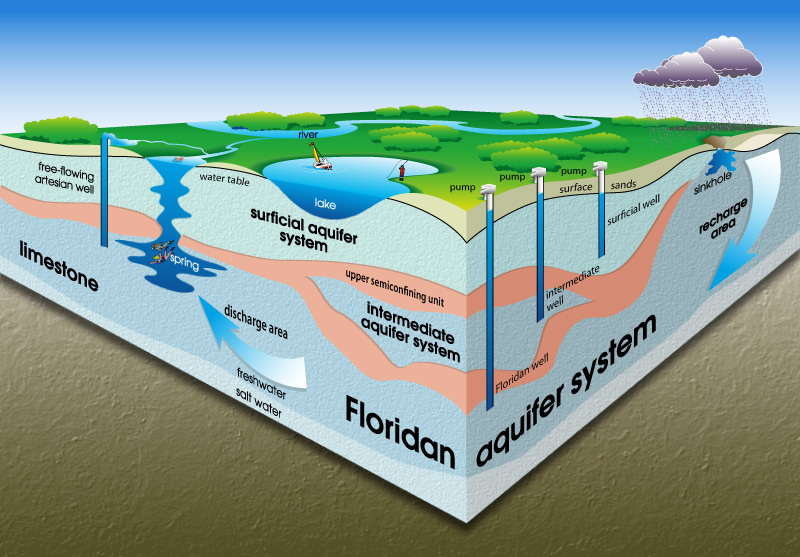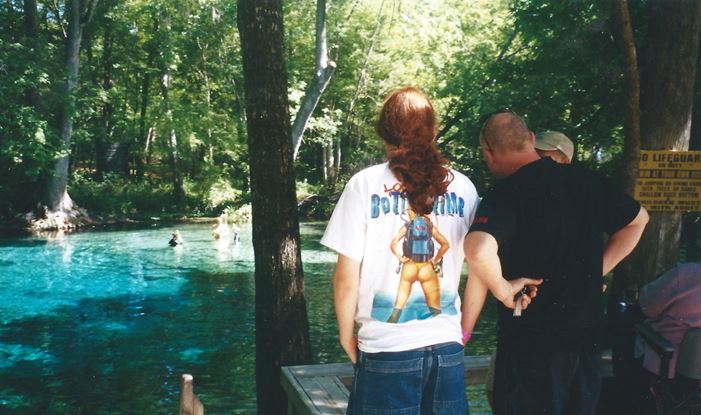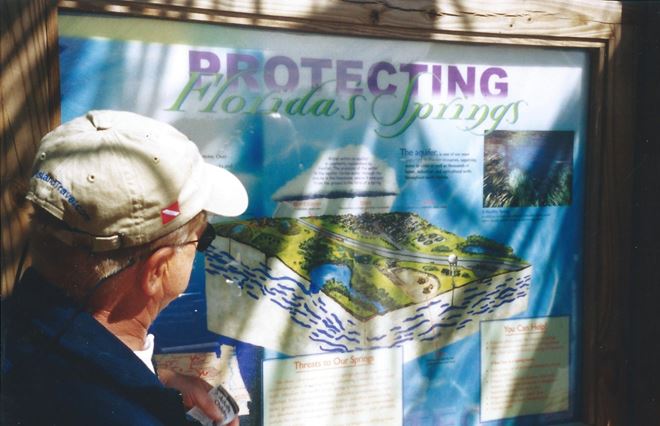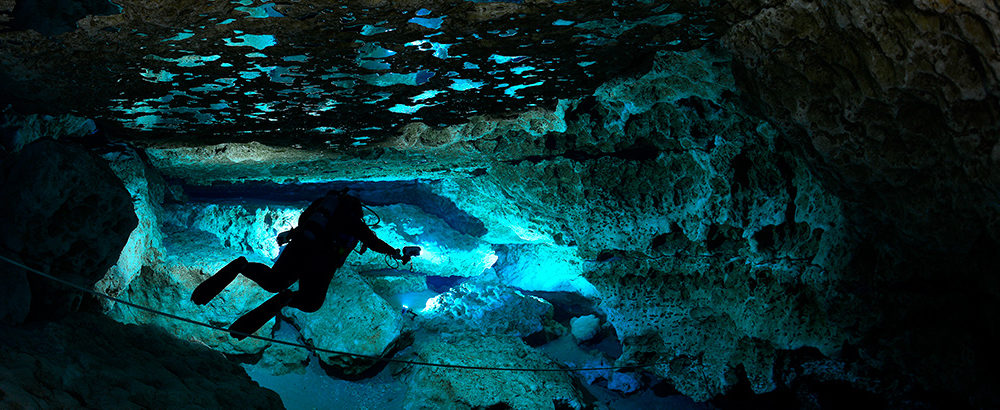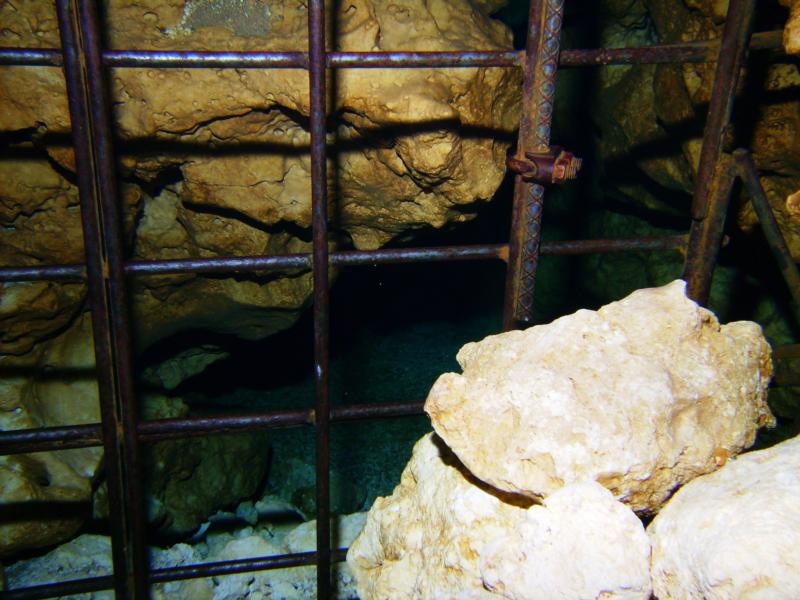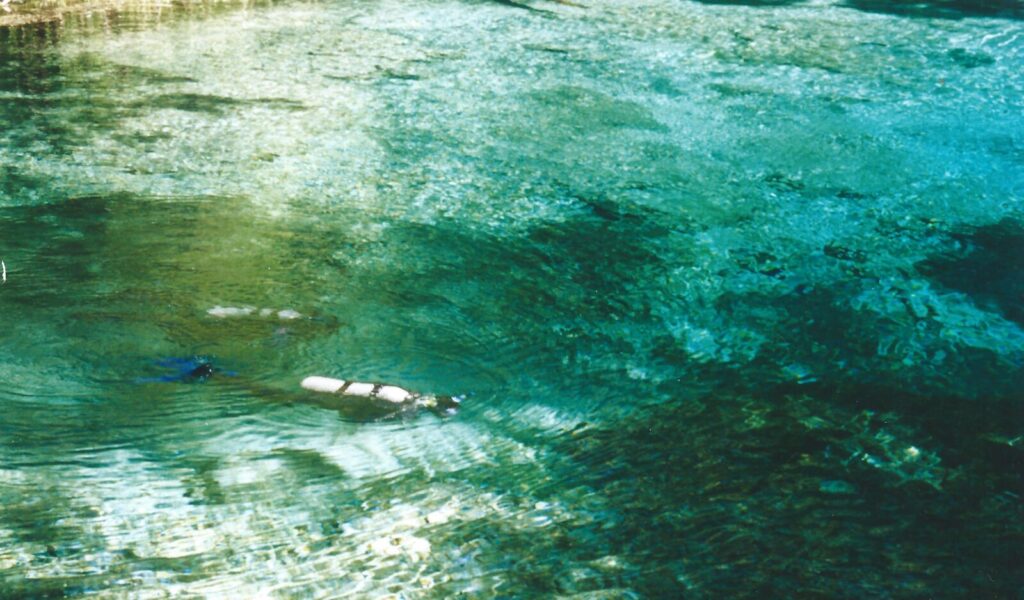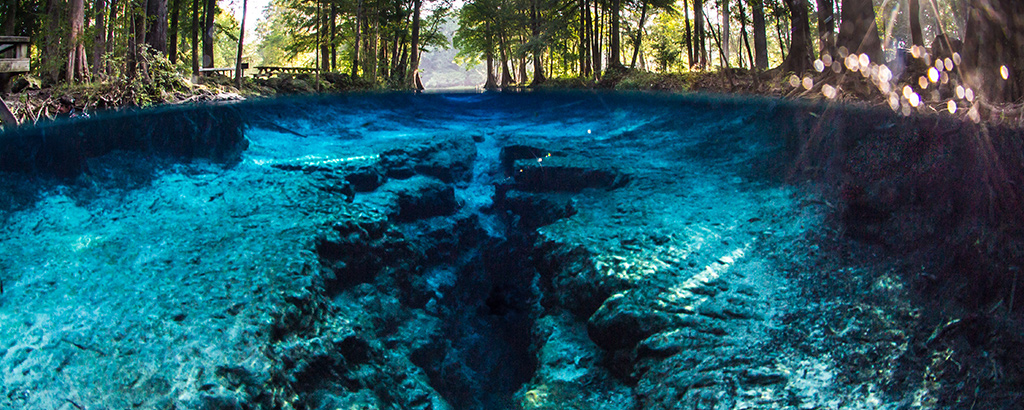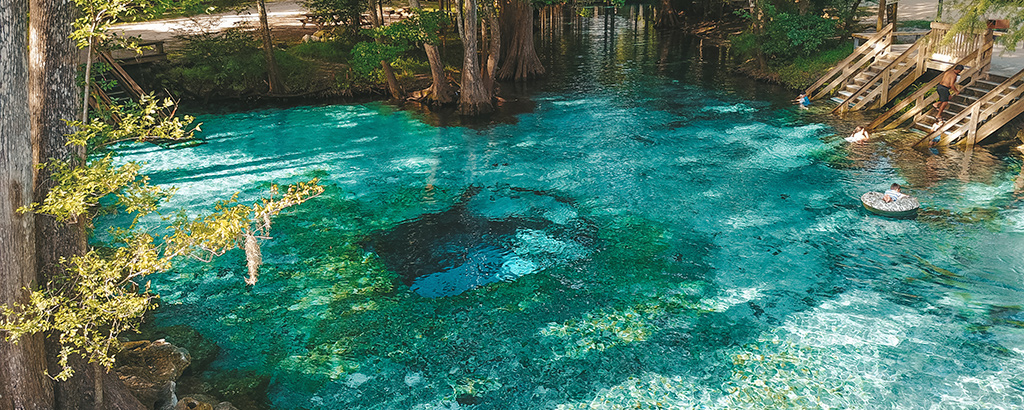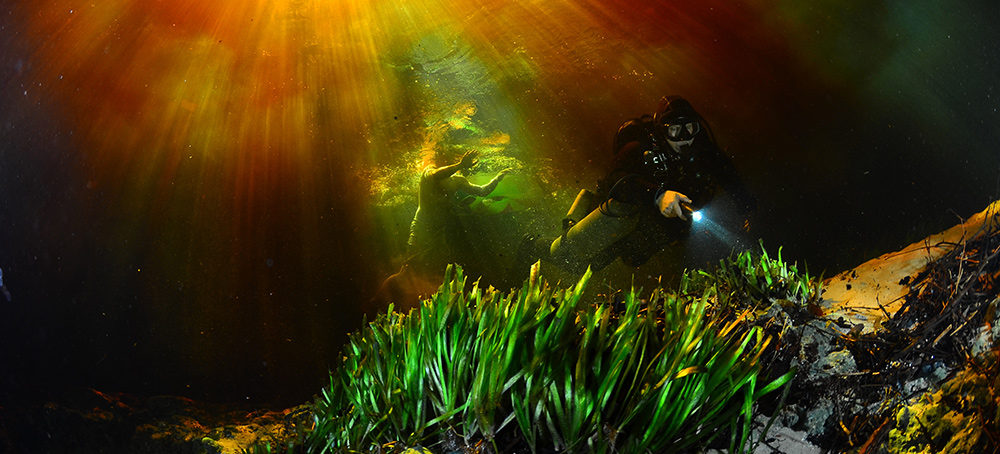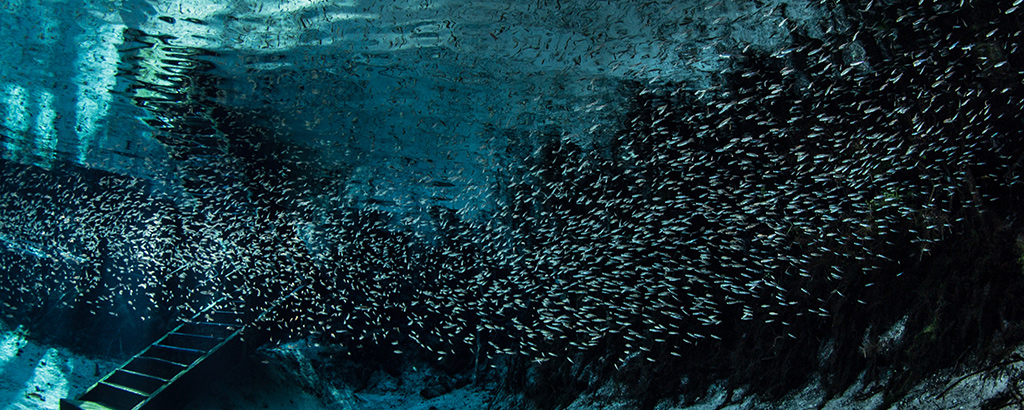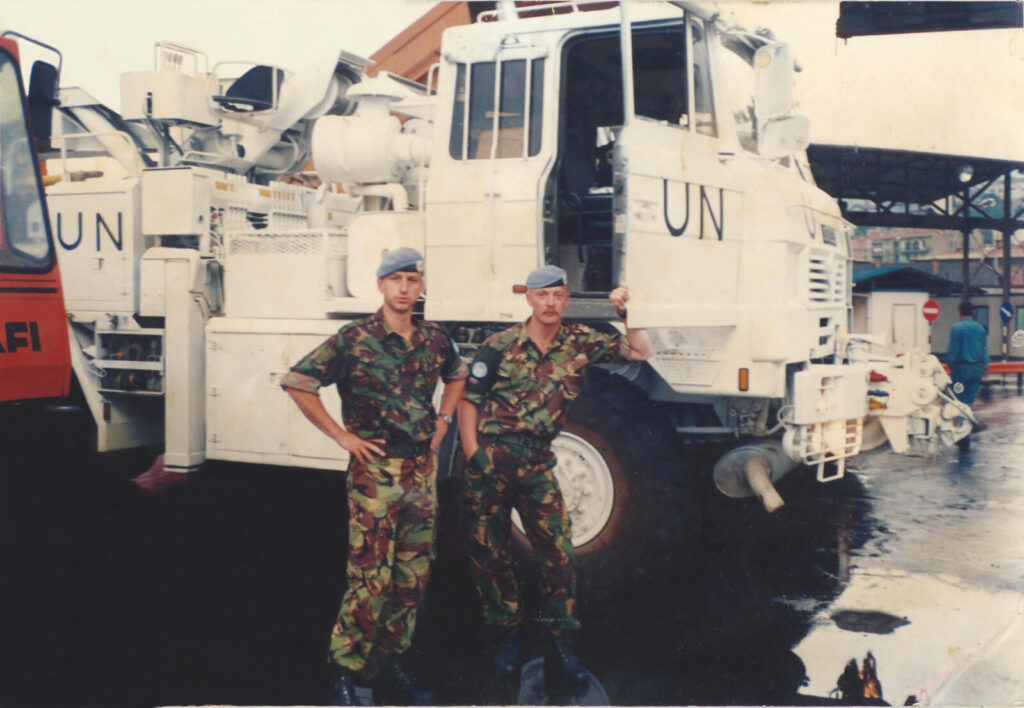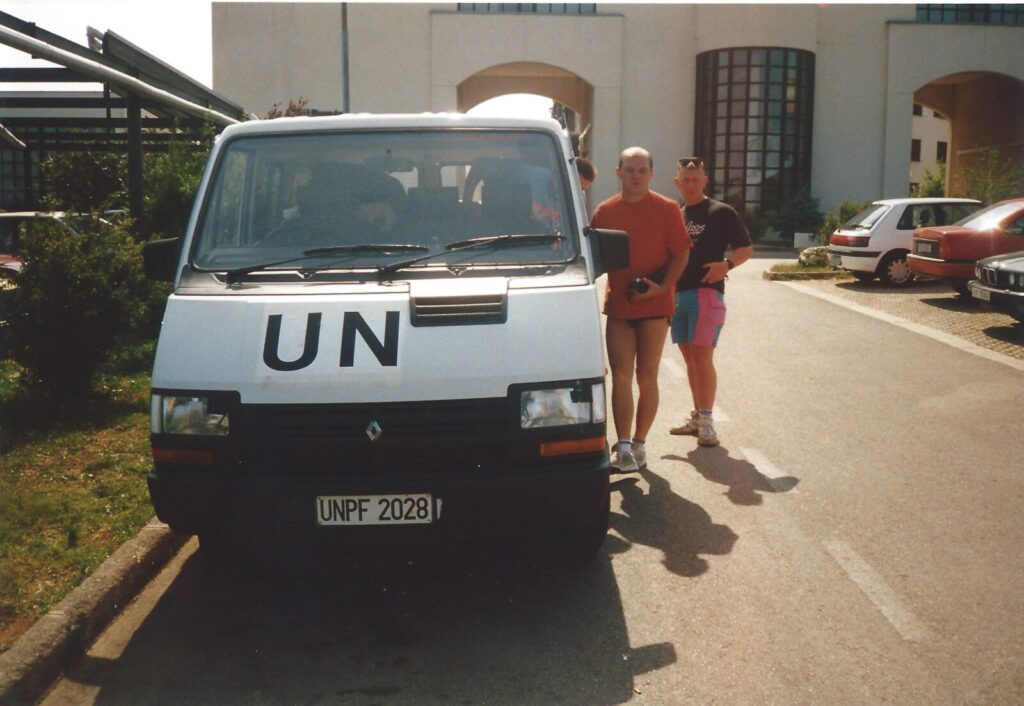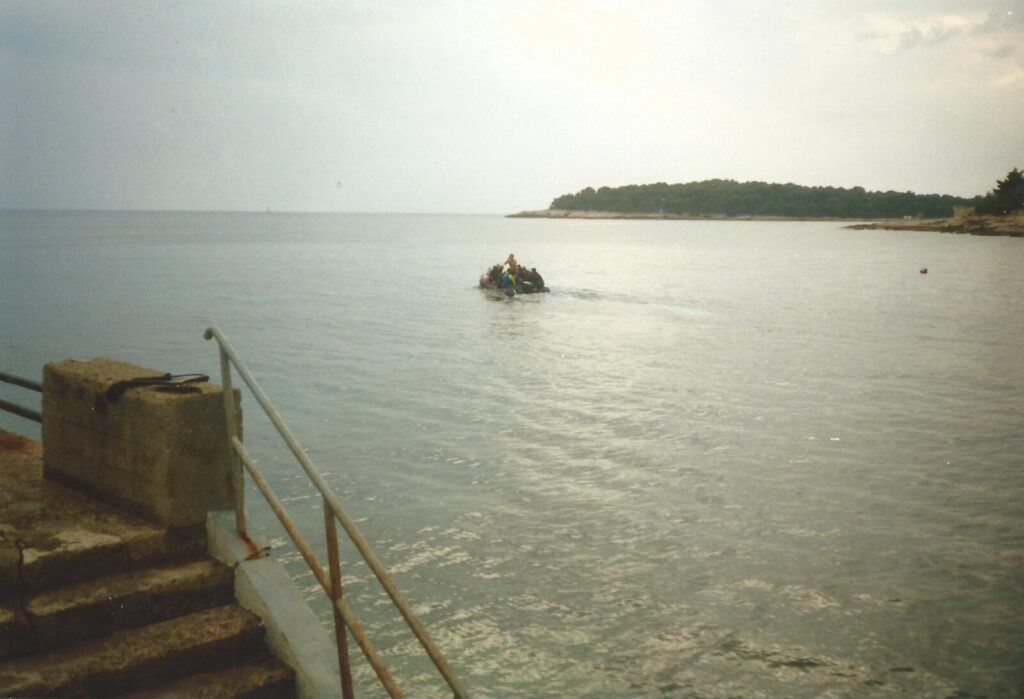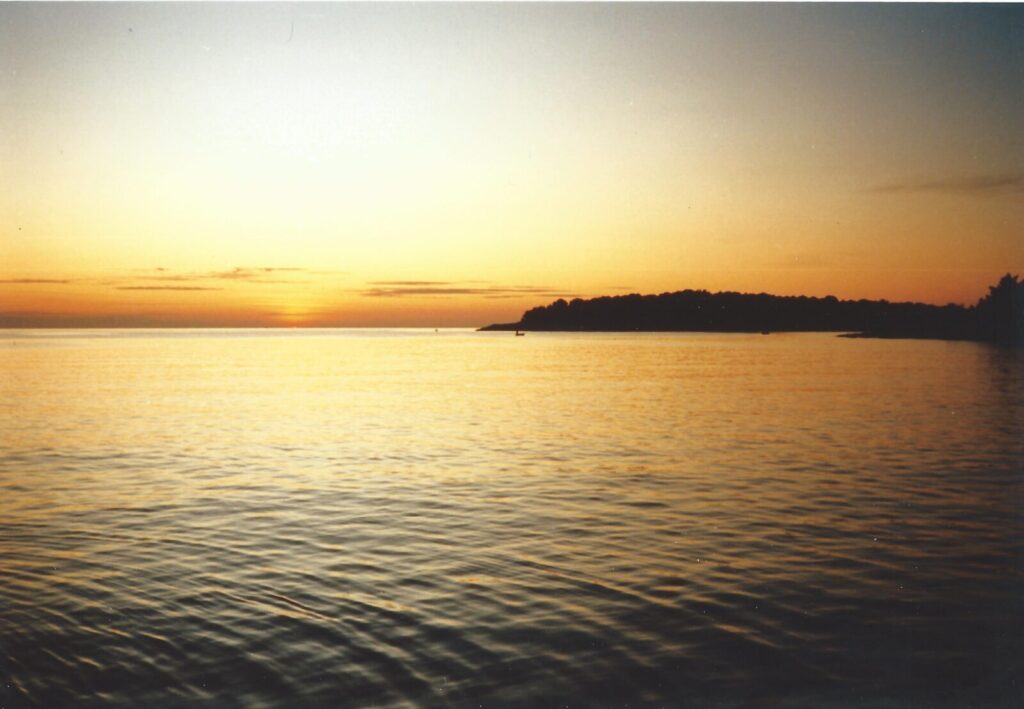Tulum: Dos Ojos
In 2015 when the subject of holidays came back around Ellie had, I think, already decided where she wanted to go….I had mentioned to friends from our dive group that one of my longest serving diving mates Eric “Budgie” Burgess had become a cave diver & guide out in Mexico on the Yucatan peninsula when they mentioned they were off on holiday there, I’d said look Budgie up if you are thinking of cavern dives as he will know the right people to go with in the area. On their return a few weeks later sat at one of our regular Chinese meals in Stafford, Chris was waxing lyrical about the whole Mexican holiday from Bull Sharks to White sand beaches and pure Blue seas…..I think that had a profound effect on Ellie as all I heard from then on was….can we look at Mexico this year…….
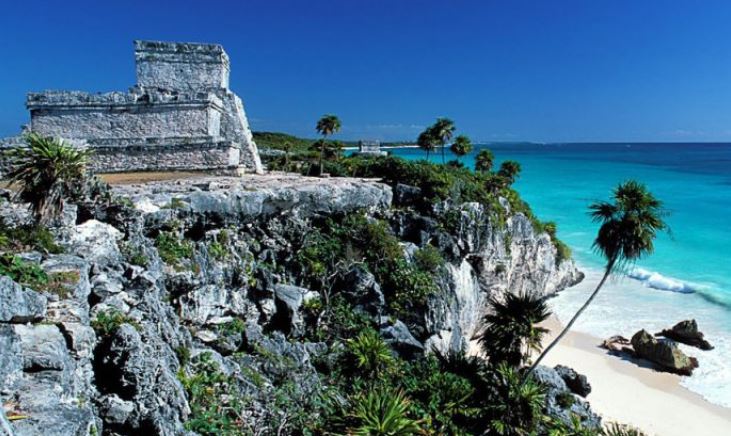
I had no objection to a holiday that had been described as “unbelievable” I just hoped it lived up to Chris’ description and Ellie’s expectations, I knew I would be happy, I was straight on e-mail to Budgie to let him know we were coming and to see when was best for diving…….. I also needed to know what diving was available to a non cave certified diver in what I knew was not a wreck infested coastline! Budgie had no problem setting me up some sofnolime for the trip as I was on the Inspiration by this point, although it had not always been an easy marriage, I had already run through the standard equipment failures the early models were prone to, battery bounce, dual handset failure, and a couple of odd issues too, one at least “self-inflicted” when I had a CO2 breakthrough and started to lose visuals, luckily I bailed out quickly enough to open circuit on that occasion. I’d had the odd cell anomalies too, which had eventually prompted me to change to a Juergensen Hammerhead controller, that had stabilised the unit as far as I could tell and I had decided to persevere, what better time to fall back in love with it than in the Cenotes of the Yucatan!
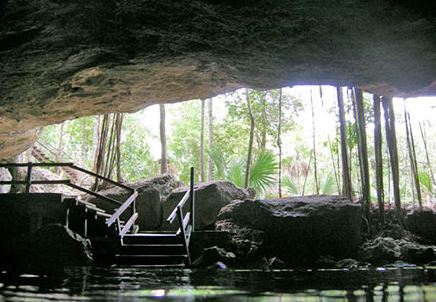
Budgie chose Dos Ojos as an introduction to the Cenotes and I met him at the front of the hotel on a gloriously hot February morning in 2015 for the ride in his truck to the site. I had a reasonable understanding of Cenotes from geography lessons decades before, along with history it was one of the only two subjects I actually enjoyed in school. I knew that Limestone areas were ancient, that they were once under Oceans and that the entire of the rock was made up of tiny dead crustaceans, compressed for millennia under the weight of those Oceans, eventually becoming a form of solid rock and that the structure was easily eroded by rainwater and that when a land mass raised from the sea, once released from the weight of glaciers after an ice-age passes, or when land is raised due to subduction of tectonic plates in volcanic regions, the exposed limestone becomes subject to rain erosion, where water has already permeated through the limestone by the action of freshwater streams and rivers. When that water level is dropped by the lifted land or lowered sea levels, then the waterways leave air spaces above, caverns and tunnels close to the surface. Those airways lead to rainwater permeating through the limestone to drip from the exposed ceilings of the caves and tunnels, the water that drips carries Calcium Carbonate, the residue from the limestone trapped in minute quantities within the leached water, when that water drips from the ceiling some of that residue sticks and builds down forming Stalactites, some is deposited on the cavern or tunnel floor, leaving what becomes over eons of time Stalagmites, given long enough these hanging and towering limestone forms can join together to become pillars from floor to ceiling. Should the water level rise again these forms become submerged and the process stops, leaving pilars, Stalactites and Stalagmites under the submerged Cenote water table in the flooded caves and tunnels of the Yucatan and similar areas worldwide. In geological terms it doesn’t take long before the surface erosion of the limestone can cause collapse of the cavern and tunnel ceilings that are closest to the surface, leaving Cenotes, or holes in the land, thought by the Aztecs and Mayan locals to be passages to the afterlife and held as sacred
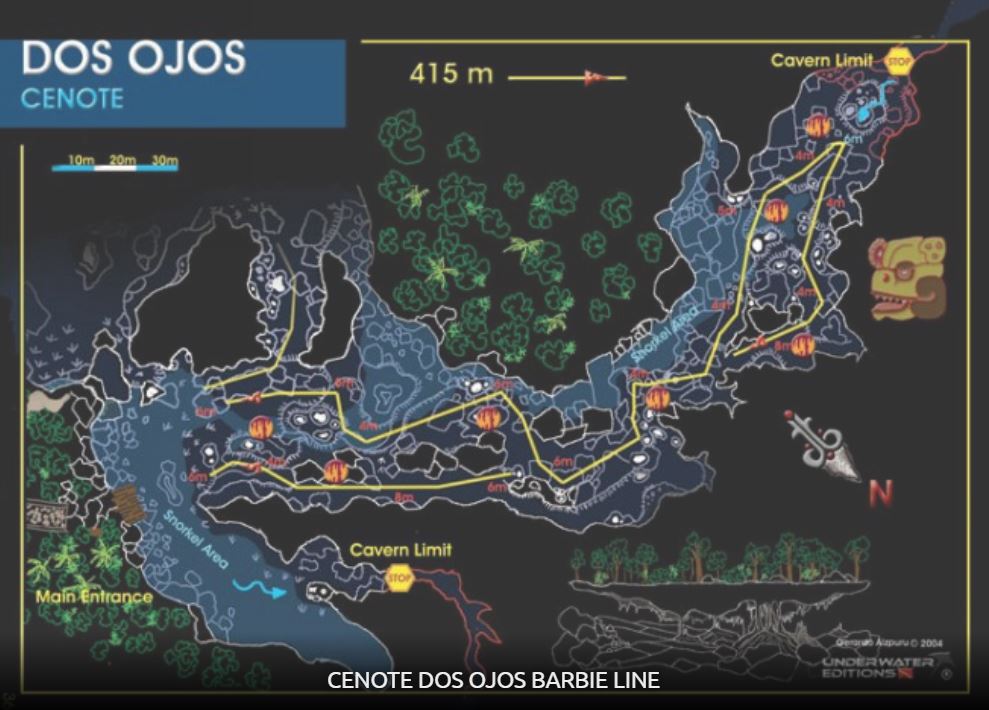
Dos Ojos, or “two Eyes” when translated literally reflects the two openings that show at the surface resembling eyes when you approach from the main entrance, although the left and bigger opening is far more obvious, I don’t recall seeing the other myself until under the water on the return leg of the run. I was still in the Green Navy log in 2015 and I recorded: “24/02/15 DOS OJOS (Two Eyes) Cenote Mexico The Barbie run – through the first cenote I have dived with Budgie – the first dive we have done together despite 25 years in the business together!! A small cavern entrance with a wide pool to descend then winding through the caverns through the tunnels & into air bells. The scenery is fantastic the Stalagmites & Stalactites everywhere with shapes cut into the Limestone by water & the rains when the caves were dry hopefully captured some of this on the Go-Pro – Awesome experience but the rebreather is still a maul – still a pain re- buoyancy Viz unlimited Air In 3L 180 bar out 80 bar Buddy Budgie” As an introduction to caverns & cave diving Budgie couldn’t have chosen better, the “Barbie” run (so called because someone, I will not lower myself to insults, for whatever incomprehensible reason, tied a plastic Barbie into the cave line half way around) starts with the main pool and then winds left past the ceiling where it dips below the surface in some places and is above it in others making ideal sites for snorkelers and also making an amazing play of light onto the surface and in shafts and holes of light, it’s a truly beautiful visual treat, one which I will never forget and which brings a smile whenever I think back to Dos Ojos and that first Cenote dive!
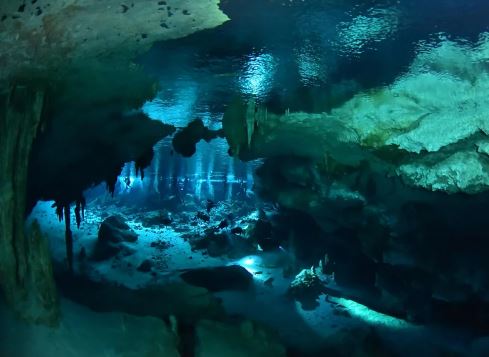
The next dive was still at Dos Ojos but a different run known as the Bat Cave for reasons that not only sound obvious but become even more so in the descriptive, and no, there are, thankfully, no plastic bats attached to the cave lines on that run! We had a little break between dives and I wandered around and took some photos and checked over my kit in preparation. All runs at Dos Ojos are shallow, I doubt we passed 10m at any point, I can’t honestly recall, suffice to say I knew I would be fighting the solenoid and buoyancy again at some points of the dive even at 1.3 set-point
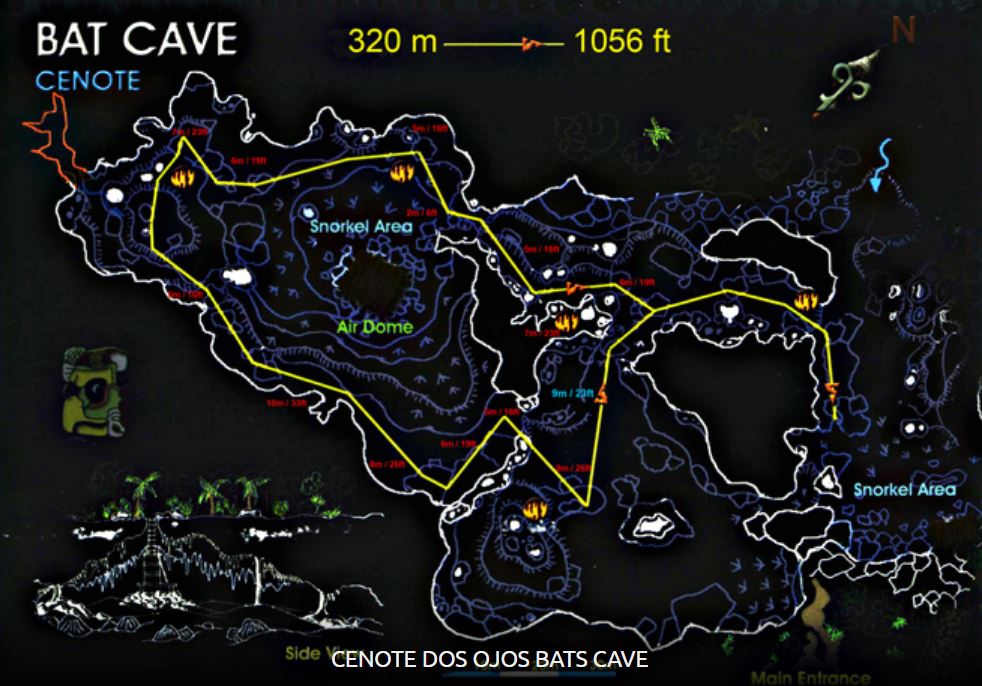
Now I was looking forward to this dive after the Barbie run, the sheer excitement of being both underwater and underground was a thrill, the play of light in the system, often a single shaft of pure sunlight from a collapsed roof above, could create amazing effects when passing through the water and illuminating hanging tree roots which had worked their way over decades through the Limestone ceiling surrounding the opening and extended down into the crystal clear cenote stream below, looking like weird underwater plants reaching down to touch you as you swam under them, especially odd when you had missed a root set looking in another direction with your torch and they gently brushed your face……
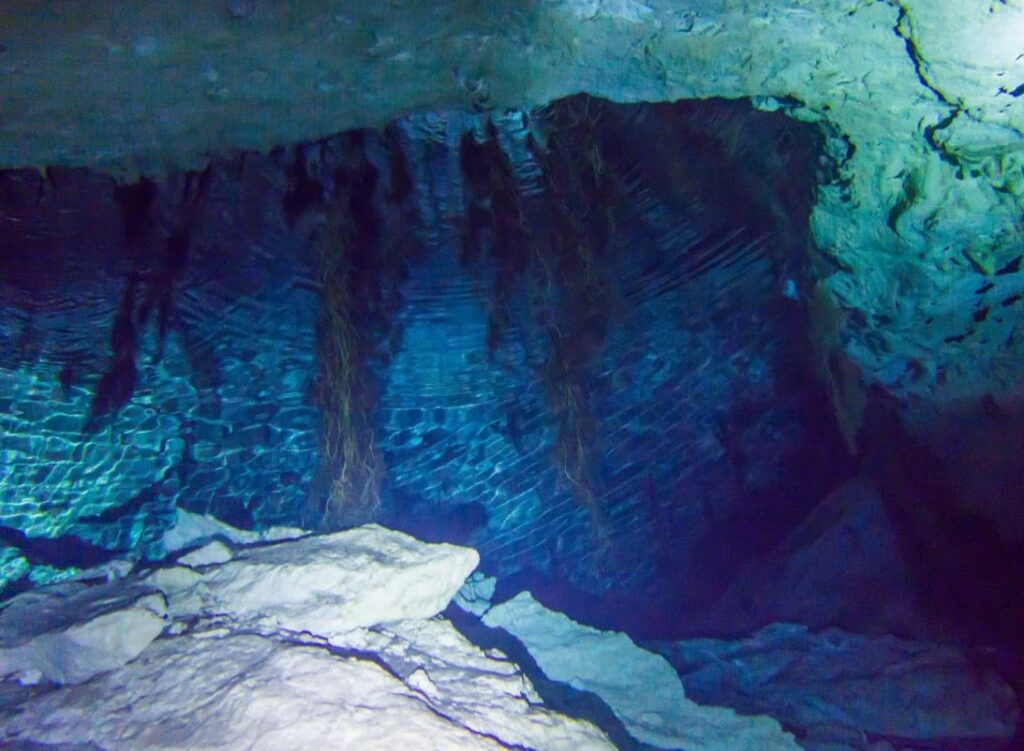
The log book records: “24/02/15 The Bat Cave – the second run on Dos Ojos Cenote Mexico a reverse of the first run but a passage off it into a lovely overhead cavern which has hundreds of Bats living in the ceiling – we surfaced after a 20 minute swim through the same wonderful Cenotes caveways & passages mostly black but for our torches and the odd shafts of light from collapsed roofs or jungle breaks into the caverns – another great dive Air In 80 out 20 Buddy Budgie” I have to say I loved the dive and the rebreather wasn’t quite the maul it had been on the Barbie run, perhaps it was mostly me, perhaps I lacked the subtlety needed to operate the unit, perhaps it was the limited use I had been able to give the Inspiration in the years following closing Deep Blue Diving and putting so much into my working life? Whatever the case, the Bat run had lived up to my expectations entirely, a beautiful and gentle swim through tunnels that expanded and contracted in size as if breathing underground as we passed through, patterns of erosion embedded into the walls, black as pitch for most of the run, there were less shafts of light on this dive, but when they came through they were mesmerising. I guess just over half way the dive shallows out as you make your way up an incline and realise you are going to surface
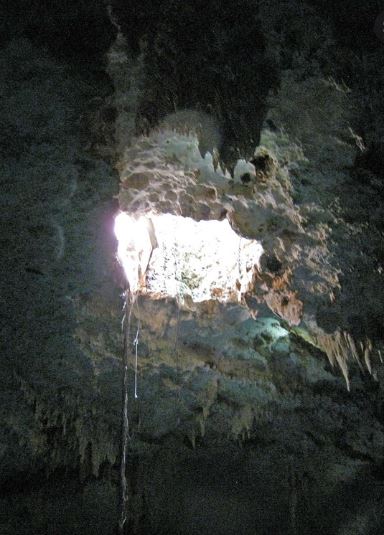
You are on the debris pile of rubble from the ceiling collapse which you haul up on, above you is a single shaft of light surrounded by an almost domed roof, lower than, but bearing a passing resemblance to St Paul’s, but with Bats hanging from the ceiling nooks and crannies between the Stalactites and flying around before exiting through the open roof portal, or dropping in, to fly, almost erratically, until locating their favourite perch and joining those others just hanging around in the sunlight of the outside jungle
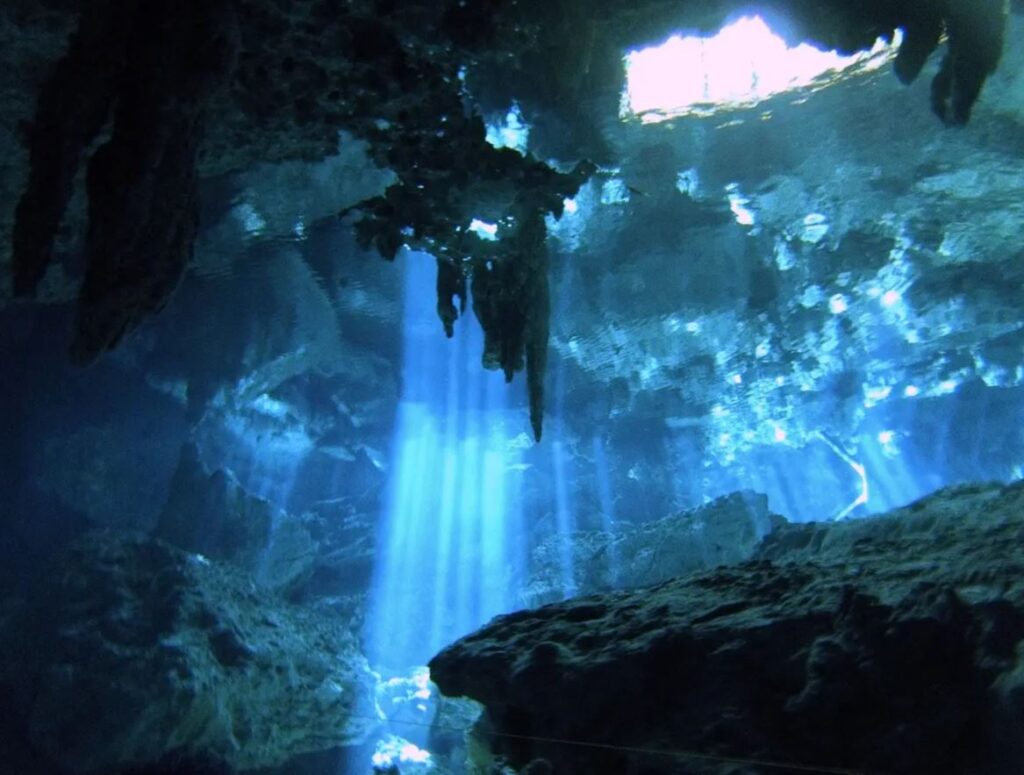
The dive out starts to show more light as you wind your way through the tunnels in and out of rock-falls and around Stalagmites and Stalactites lit by your torch beams, and occasionally from the surface through openings to the surrounding jungle. The Bat cave is perhaps just over half way on the run so there is plenty to see on the journey back to the main pool and cavern entrance, all things said there is little between the two different runs other than the enjoyment of a hidden cavern which, were it not for diving and snorkeling, would probably never have been seen by any but the Mayans, a beautiful way to spend a day……..perfect!
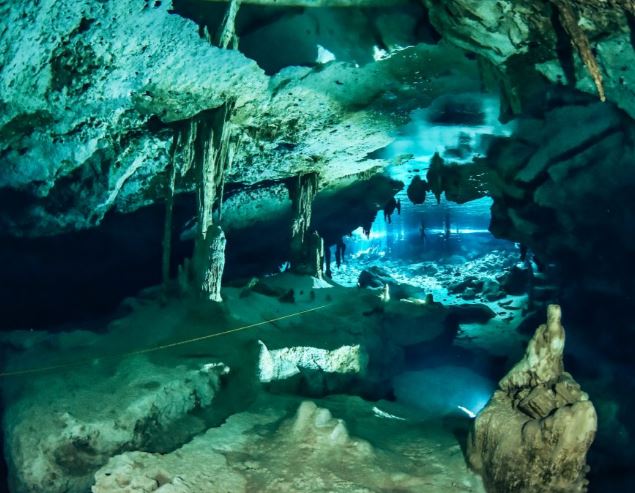
It is especially difficult to meaningfully portray dives in words, especially those that are particularly spectacular visually, so images make all the difference and I am indebted to those who took the images used to illustrate this article on-line, especially Naill & Coline, the only attributions I could find specific to photo’s!
You can see what I mean, and you can look for Stalactites, Stalagmites and Limestone Pillars if you take the dive with me, this dive is on open circuit in 2016:
